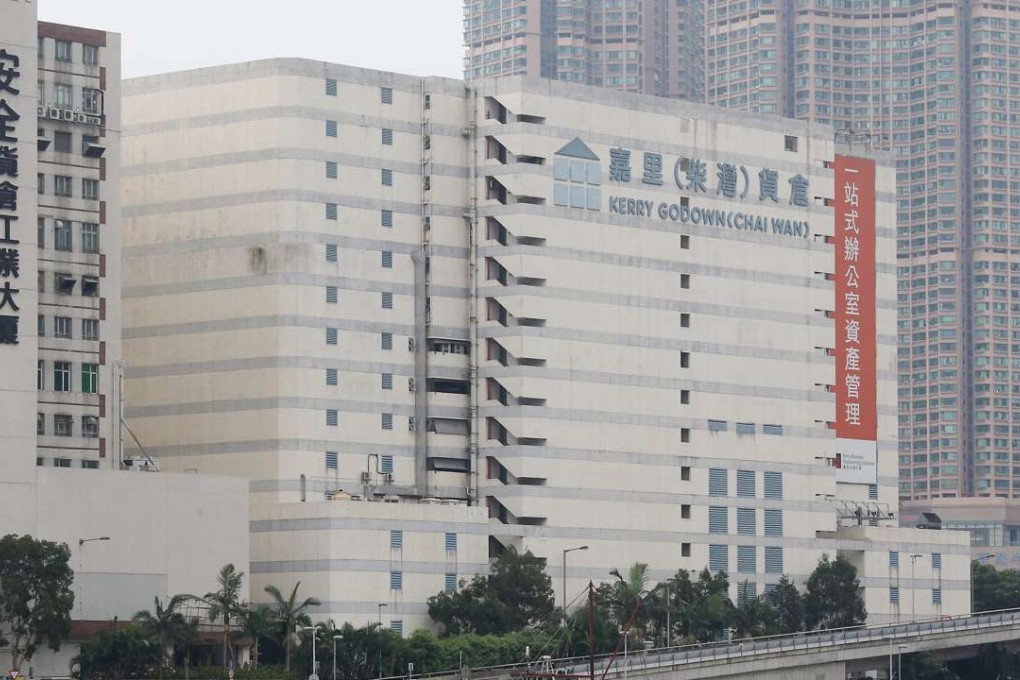Creative solutions needed so we can all, eventually, rest in peace
As we will be the users of burial places one day, it is in our own interest to ensure supply is adequate

Oddly enough, the supply of housing and burial places in the city have something in common. Both face acute shortages and neither the public nor the private sector alone can cope with the demand. While there is a consensus to step up supply for both, resistance to individual projects remains strong. A case in point is the failure of Kerry Warehouse to convert an industrial building in Chai Wan into a columbarium. As many as 97 per cent of the 12,000 submissions received by the Town Planning Board were against the project. The last-minute offer by Kerry to sell urn niches to nearby residents at discount prices and donate part of the annual proceeds to local charities did little to swing opposition.
The project was also met with reservations from three government departments. They were worried about the possible adverse impact on traffic and the reduction in industrial storage space in the district. More importantly, it could have set an “undesirable” precedent for similar applications for rezoning, according to government planners.
The concerns over traffic and visitor flow are not unfounded. Assuming each of the 82,000 urn niches were visited by several people during the two peak seasons in the year, the impact could not be ignored. The performance of rituals and crowd control in a high-rise building are also valid issues. The Town Planning Board’s decision to reject the conversion is understandable.
That does not mean the concept is fundamentally flawed, though. Recently, some industrial blocks have been converted for other creative uses. There are certainly obstacles to overcome, such as rezoning, land lease modifications and the need for more stringent fire safety standards. But as long as the issues can be properly addressed, industrial buildings may be the answer to the shortage of burial places in future.